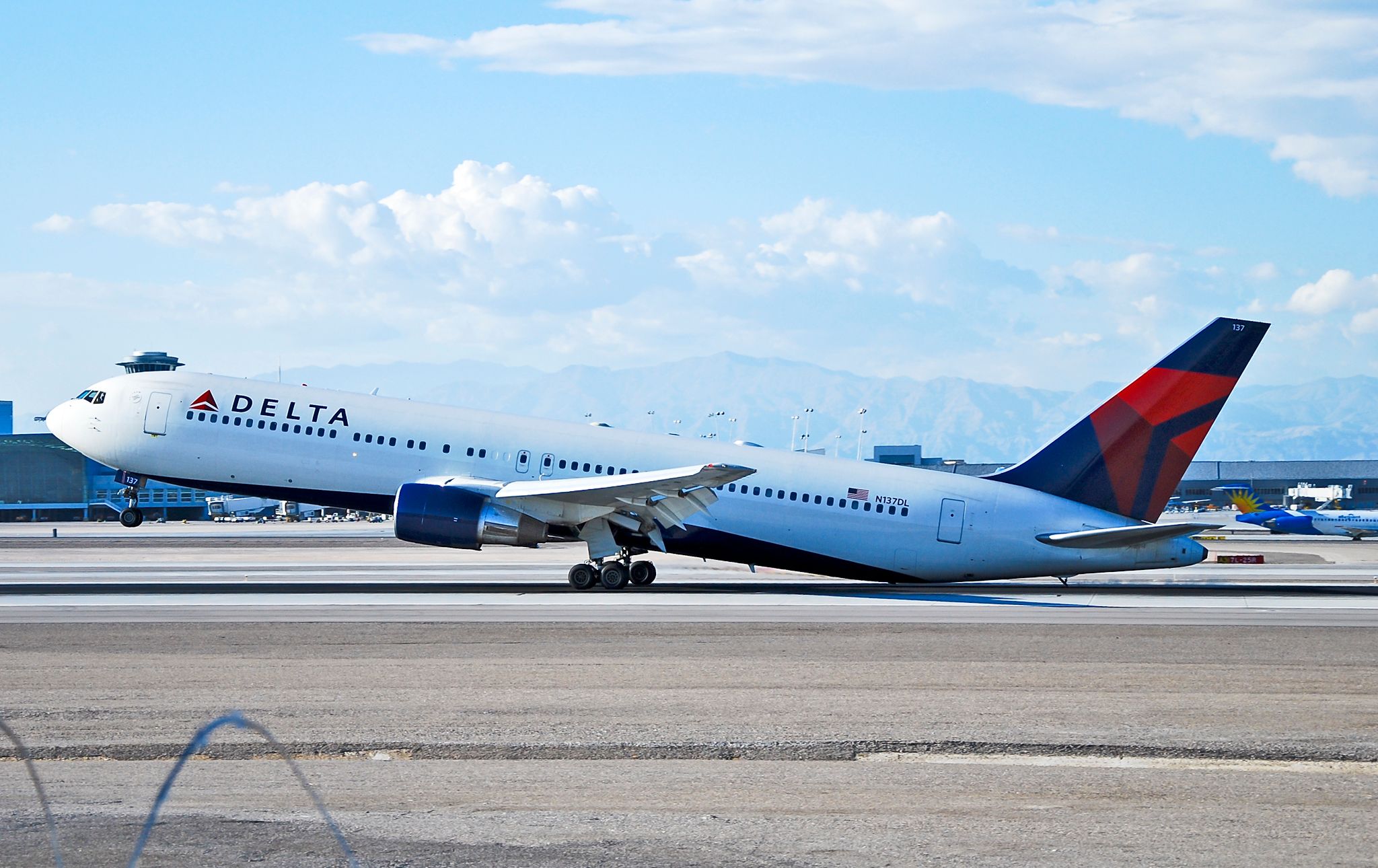Unsurprisingly the tail is a vital part of the aircraft structure! The structures and control surfaces of the tail provide stability, and control of yaw and pitch. Any damage to these structures can be fatal, as several past incidents have shown.
The aircraft "tail"
To start with, let's take a closer look at the aircraft's tail. What we often refer to as the tail is actually several structures at the rear of the aircraft fuselage, collectively known as the tail assembly or "empennage." This consists of separate horizontal and vertical stabilizers, with vital control functions.
Of course, designs between aircraft differ. The most obvious departure from the typical low tail design is the T-tail structure, where the horizontal stabilizer is mounted at the top of the fin. The main advantage of this setup is to keep the horizontal stabilizer out of the disturbed airflow from the propellors or fuselage-mounted engines, and as such, it is usually seen on such aircraft.
The vertical stabilizer contains the rudder, which gives the pilots yaw control. It also provides stability by preventing unwanted yaw from occurring. The horizontal stabilizer provides pitch stability, and the elevator controls changes in pitch.
There have been experiments for decades with tail-less aircraft. The flying wing design of the B-2 Spirit, or Stealth Bomber, is probably the best example of this. It achieves movement through fly-by-wire systems and control surfaces located along the trailing edge of the wing. Such blended wing and tail-less structures have not made it to commercial aviation yet, but there are proposals from Airbus for a blended wing design as part of its ZEROe program.
Damage to the tail
With such important stability and control functions, any damage to the tail could seriously affect flight performance. The severity depends on the extent of the damage.
Damage or loss of the vertical stabilizer is the less severe possibility. Without rudder control, it may still be possible to control the aircraft, and the aircraft should remain stable.
Damage to the horizontal stabilizer is much more serious. This would firstly make the aircraft hugely unstable. The downward force produced by the horizontal stabilizer is essential for balanced flight. Losing this will shift the center of gravity, and the aircraft will pitch down significantly. Without elevator control, there is no way to correct this.
Cases of tail damage
One of the most deadly tail damage incidents involved an American Airlines Airbus A300 aircraft in November 2001. The aircraft was operating as Flight 587 from New York JFK to Santa Domingo in the Dominican Republic. It crashed shortly after take-off, killing all 260 people onboard after losing its vertical stabilizer.
This crash happened after the aircraft experienced severe wake turbulence following a Boeing 747-400 aircraft on departure from JFK. The first officer attempted to stabilize the aircraft with aggressive alternating left and right rudder movements. These were too severe, and the force produced caused the vertical stabilizer to separate from the aircraft. The aircraft entered a spin, and lost both engines as they sheared off under stress, from which the pilots could not recover.
Concorde was another aircraft that suffered empennage damage. In fact, up until the fateful crash in Paris in July 2000, this was the worst incident suffered by Concorde. It involved a British Airways Concorde, registration G-BOAF, operating a charter flight from Christchurch, New Zealand to Sydney, Australia in April 1989.
As the aircraft was climbing and flying around Mach 1.7 at FL440, the pilots heard a bang, which they thought came from under the flight deck floor. With no cockpit warnings or aircraft handling issues, they continued the flight normally, and the damaged rudder was only noticed on landing. The pilots reported experiencing vibrations as the aircraft slowed later in the flight, but no other problems.
The problem was caused by moisture seeping past the rivets in the rudder, over time causing the skin to separate. It is incredible that, in this case, the effect was minimal, but it shows well how tail damage and its effects can be very specific.
One of the worst examples of a horizontal stabilizer-related incident involved Alaska Airlines Flight 261, in January 2000.
The McDonnell Douglas MD-83 aircraft was flying from Puerto Vallarta's Licenciado Gustavo Díaz Ordaz International Airport to San Francisco International Airport. Takeoff and early flight were as normal, but the crew later reported issues with the horizontal stabilizer and trim.
When attempting to rectify this using the trim system, the aircraft suddenly entered a dive. The crew managed to recover using extreme force on the controls, and they decided to divert to Los Angeles. Around ten minutes later, though, the aircraft entered a second, steeper dive. This had been caused by the complete failure of the horizontal stabilizer. Despite attempts to recover, the aircraft lost too much altitude and crashed into the ocean. All 83 passengers and five crew onboard were killed.
The cause was determined by the NTSB to be inadequate maintenance of the aircraft. It concluded that the probable cause was:
"a loss of airplane pitch control resulting from the in-flight failure of the horizontal stabilizer trim system jackscrew assembly's trapezoidal nut threads."
Tail strike incidents
Another common incident is a so-called tail strike. This is where the tail of the aircraft makes contact with the runway, usually on landing, but it is also possible on take-off.
On take-off, tail strikes can be caused by mistrimmed stabilizer, rotation at improper speed, and excessive rotation rate. On landing, it could be caused by an unstabilized approach, errors in the flare, and mishandling of crosswinds. Pilots, of course, are well-trained to recognize and avoid such incidents.
These incidents involve contact between the rear of the fuselage and the ground, often with strong forces. Despite the naming, this does not usually cause damage to the tail structure/empennage of the aircraft. Instead, the damage is usually to the fuselage, with the structure of the rear pressure bulkhead particularly at risk.
There are many other examples of tail damage to aircraft. Feel free to discuss these in the comments.

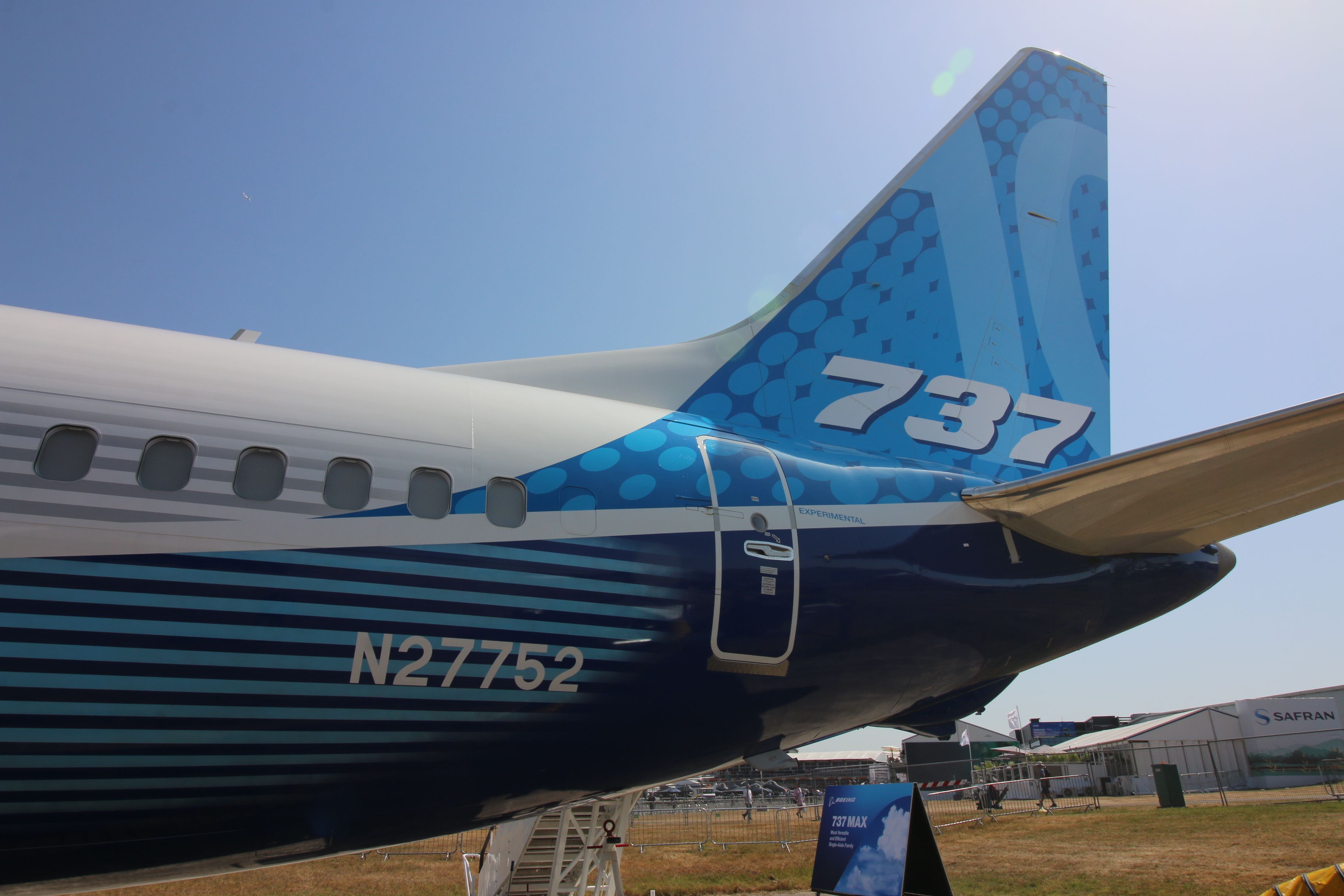
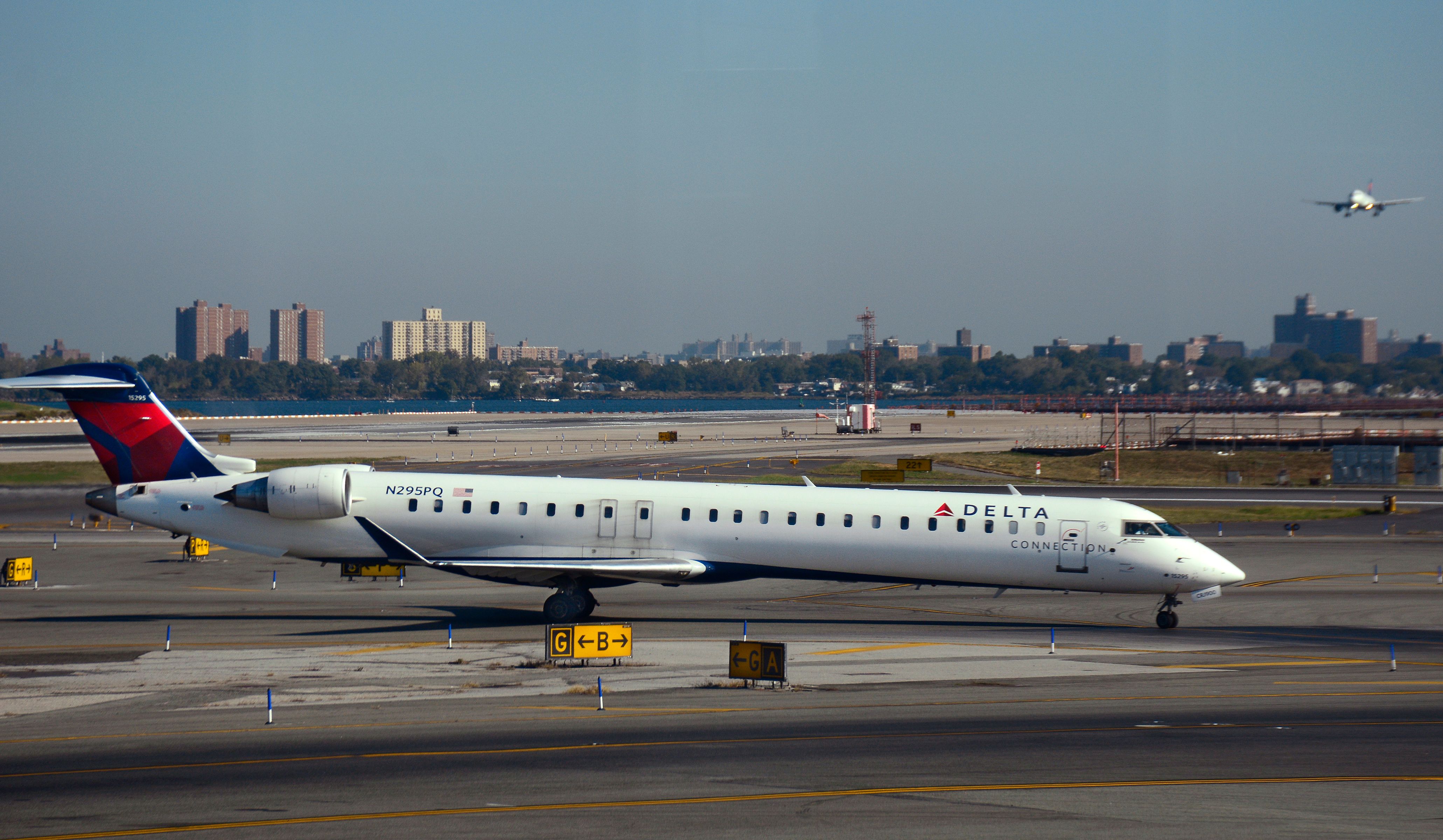
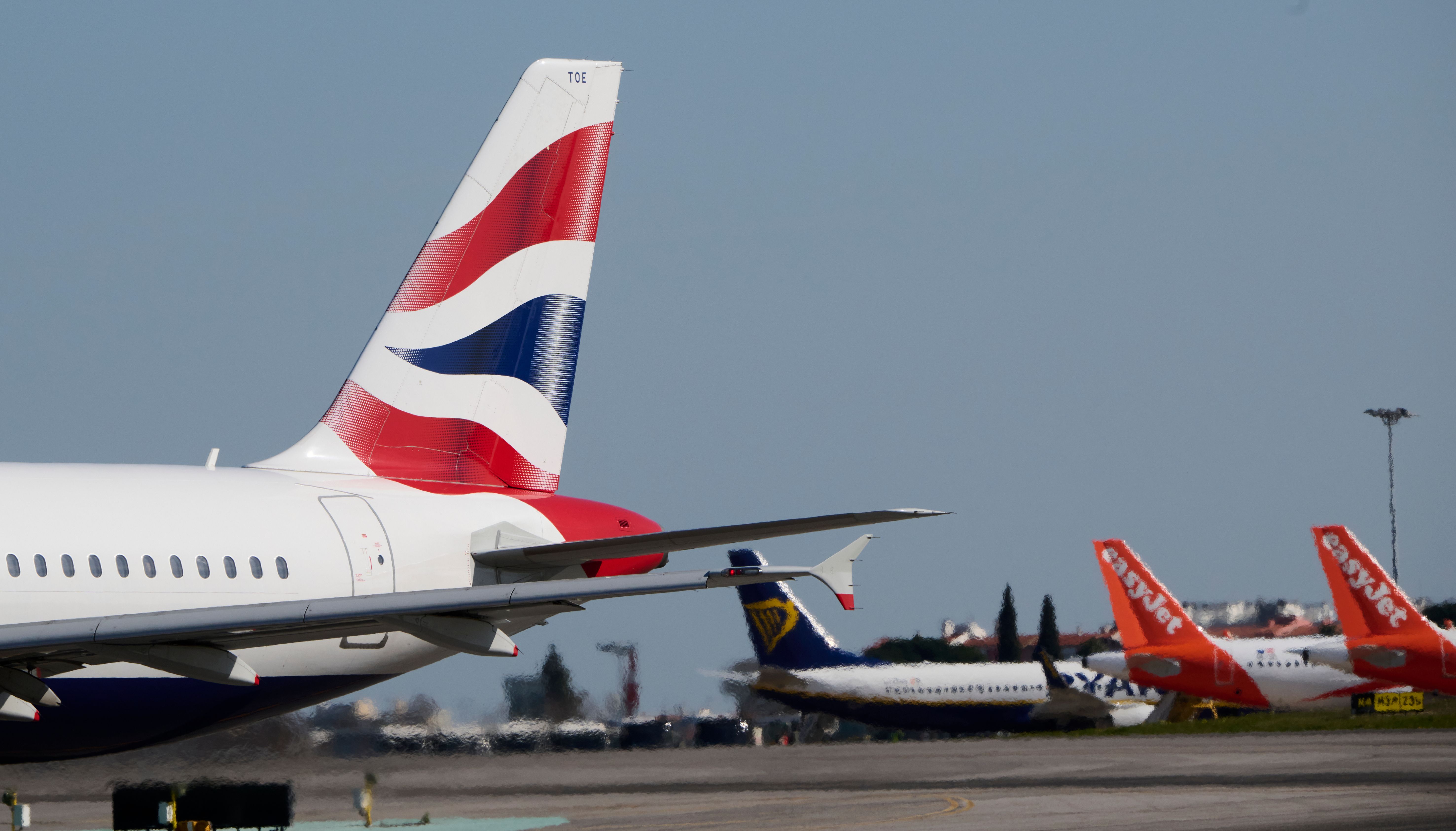
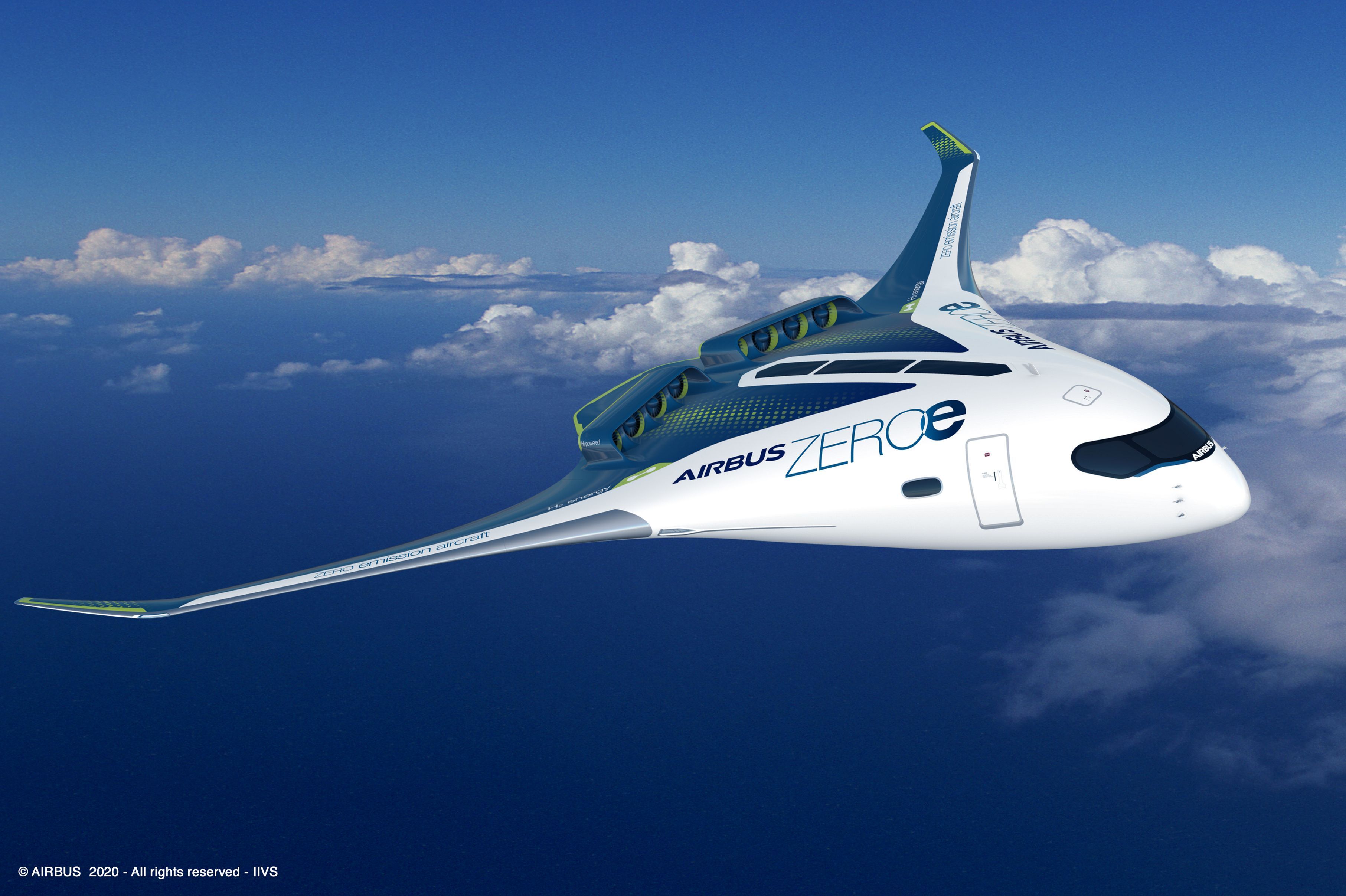
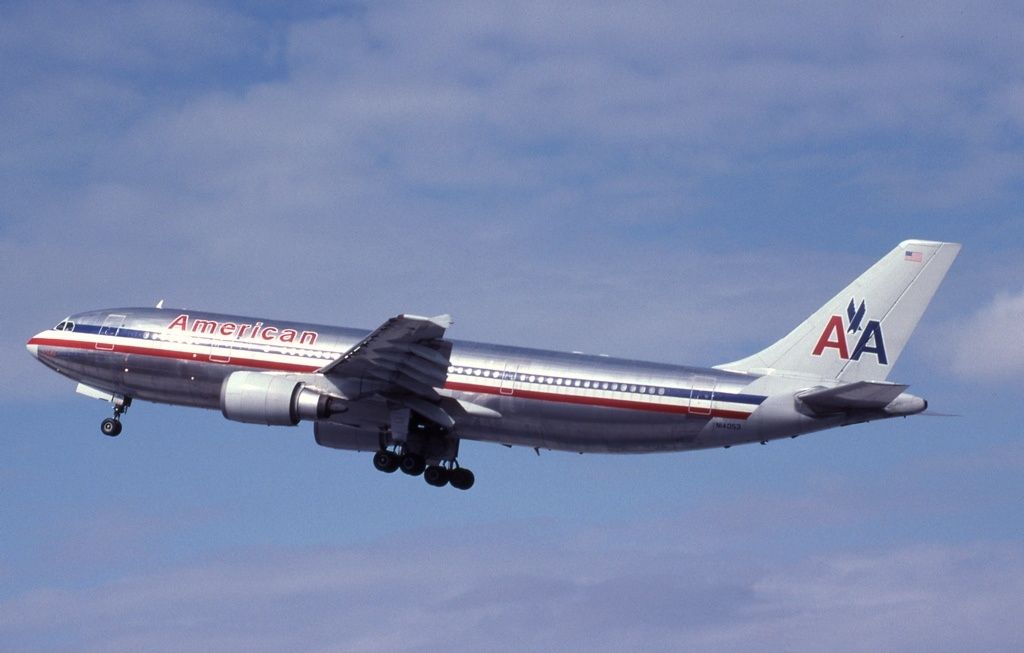
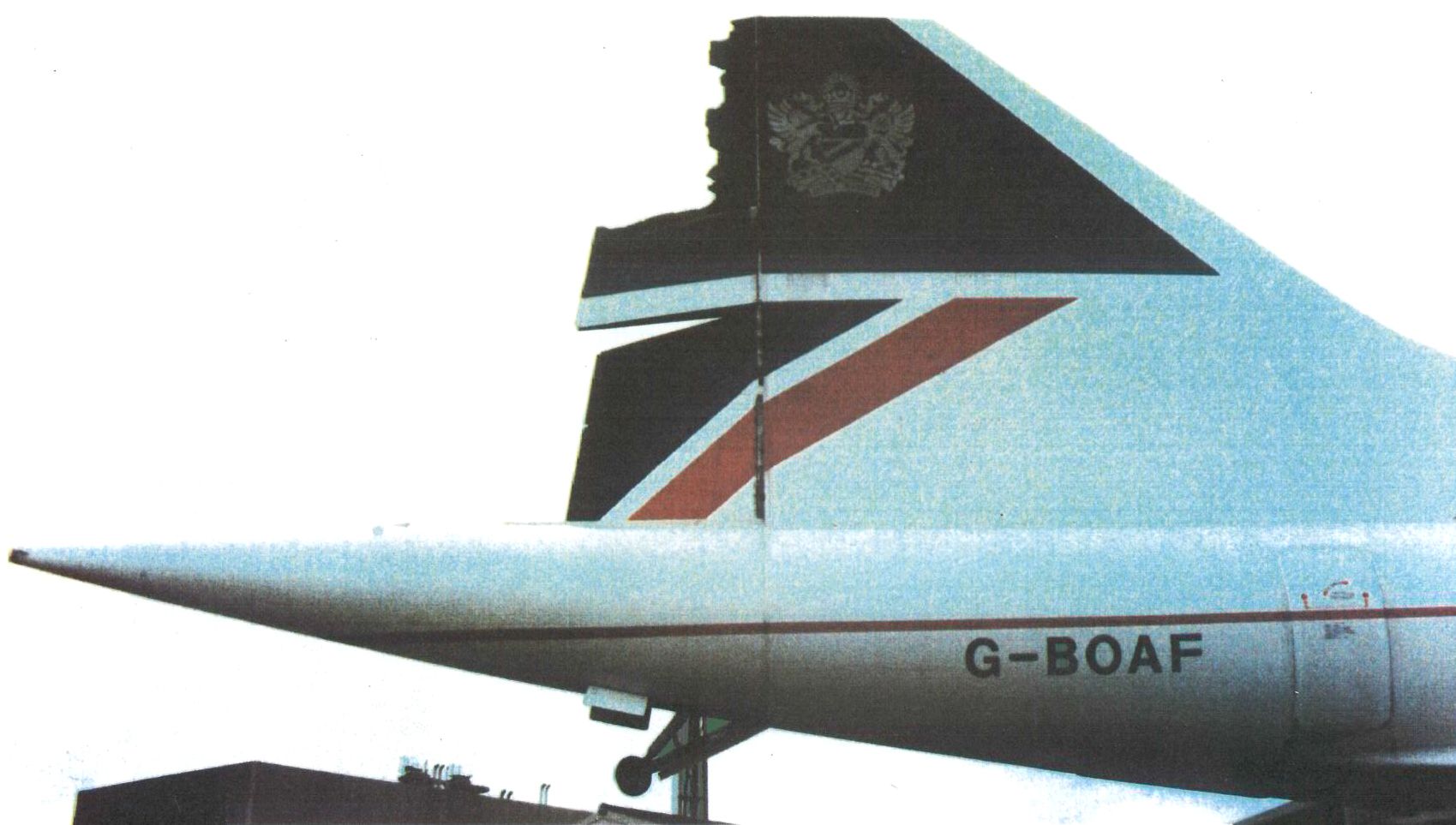
.jpg)
